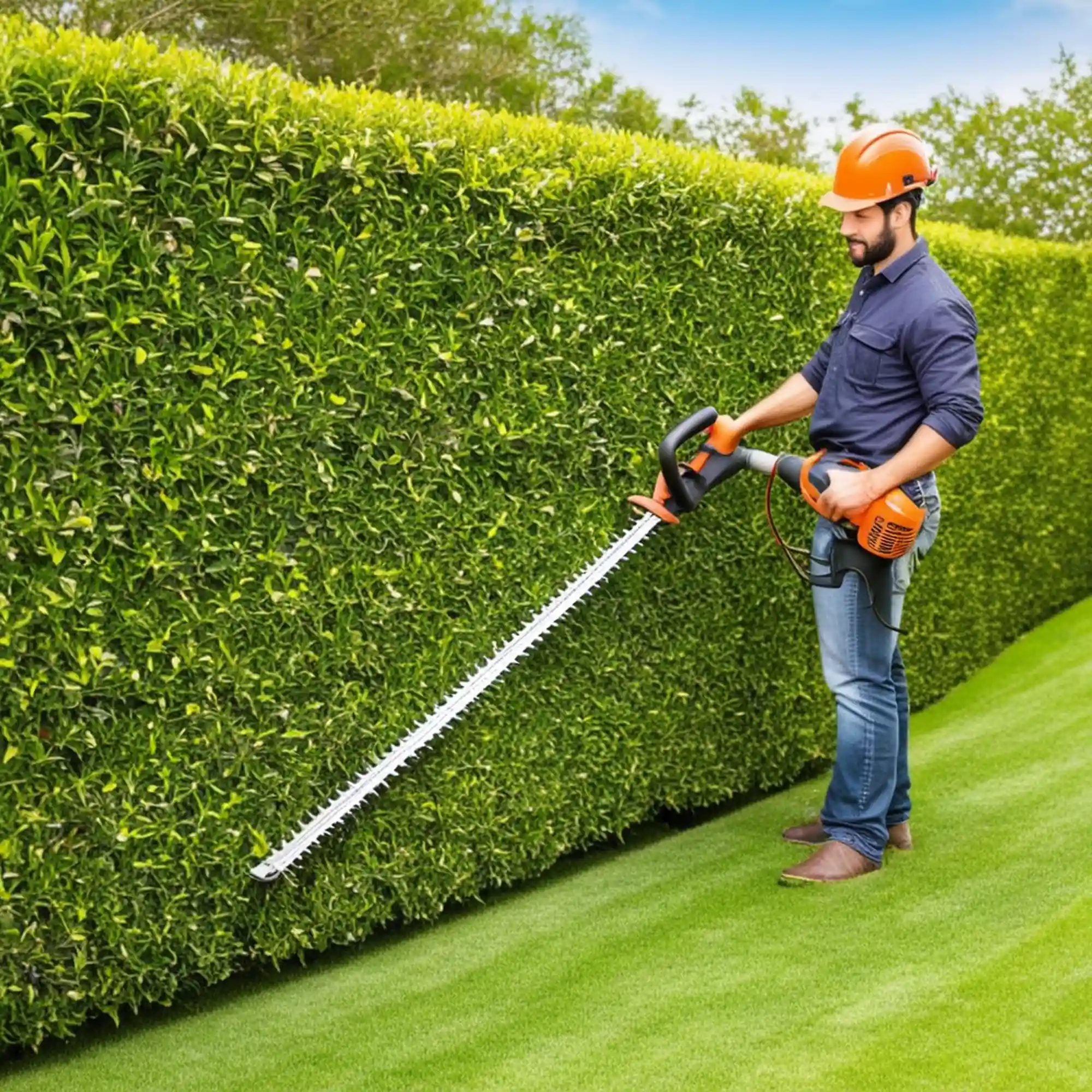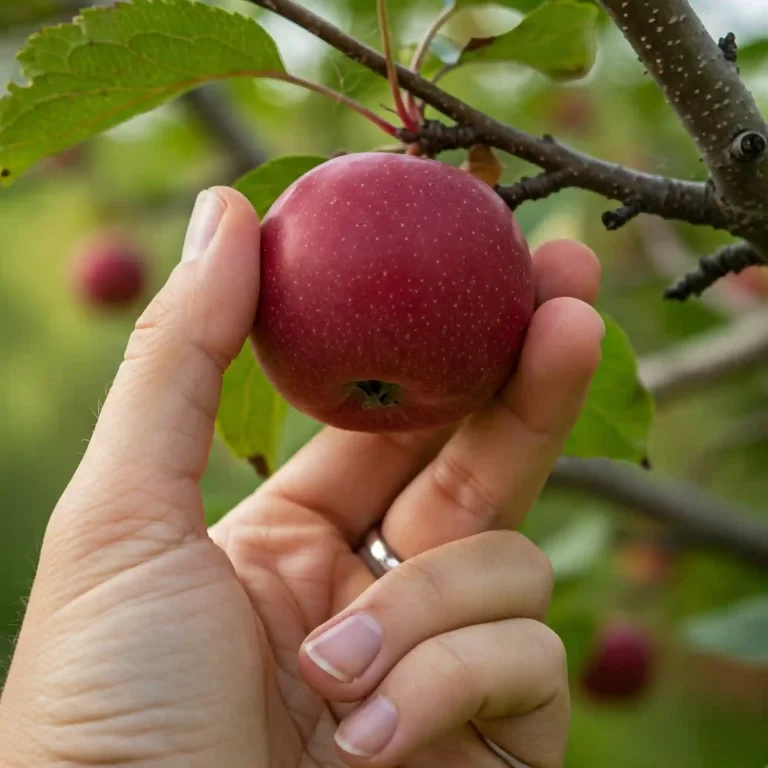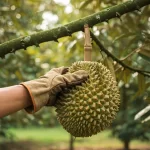What is a Hedge Trimmer?
When it comes to maintaining your garden, one of the most important tasks is trimming and shaping your hedges. A hedge trimmer is a specialized tool designed to help you achieve salon-quality results without breaking the bank. But with so many options available, it can be overwhelming to choose the right one for your needs. In this article, we’ll explore what hedge trimmers are, how to choose the right one, and provide tips on how to use them effectively.
The Evolution of Hedge Trimmers
Hedge trimmers have come a long way since their invention in the late 19th century. Initially, they were designed specifically for trimming hedges and shrubs, and were often cumbersome and difficult to use. Over the years, advancements in technology have led to the development of more efficient, easier-to-use, and more versatile hedge trimmers. Today, you can find hedge trimmers that cater to a range of needs, from small, compact models for tight spaces to heavy-duty models for large, thick hedges.
Factors to Consider When Choosing a Hedge Trimmer
When selecting a hedge trimmer, there are several factors to consider. These include:
| Factor | Description |
| Size | Compact models for small gardens, larger models for bigger areas |
| Weight | Lighter models for smaller users, heavier models for more powerful trimming |
| Power | Electric, gas-powered, or cordless options for different levels of power |
| Features | Adjustable handles, rotating handles, and blade types for specific needs |
Types of Hedge Trimmers
Hedge trimmers come in a variety of styles and designs. Some of the most common types include:
- Electric hedge trimmers: These are the most popular type of hedge trimmer, and are ideal for small to medium-sized hedges.
- Gas-powered hedge trimmers: These are heavier and more powerful, making them ideal for large, thick hedges.
- Cordless hedge trimmers: These are a great option for smaller gardens, and offer more flexibility than traditional hedge trimmers.
- Manual hedge trimmers: These are the most eco-friendly option, and are ideal for small, simple hedges.
How to Choose the Right Hedge Trimmer for Your Garden
Choosing the right hedge trimmer for your garden can be overwhelming, especially with the numerous options available in the market. However, by considering a few key factors, you can select a trimmer that meets your specific needs and makes your gardening tasks easier.
Size of Your Garden
The first factor to consider when choosing a hedge trimmer is the size of your garden. If you have a small garden, you may want to opt for a compact or cordless trimmer that is lightweight and easy to maneuver. On the other hand, if you have a large garden, you may need a more powerful trimmer that can handle thicker hedges.
Power and Motor
The power of a hedge trimmer is another important factor to consider. Electric trimmers are suitable for small to medium-sized hedges, while gas-powered trimmers are better suited for larger hedges. Cordless trimmers offer more flexibility, as they don’t require a power cord.
Blade Type and Material
The blade type and material are also important factors to consider. Some trimmers have single-action blades that cut in a straight line, while others have double-action blades that cut and retract simultaneously. The blade material can also vary, with some trimmers having metal blades and others having plastic or nylon blades.
Additional Features
Some hedge trimmers come with additional features that can be useful. For example, some trimmers have adjustable handles that can be set to different positions to accommodate different pruning angles. Others have rotating handles that allow for easier cutting and trimming of hard-to-reach areas.
Common Mistakes to Avoid When Using Hedge Trimmers
When using hedge trimmers, it’s easy to make mistakes that can lead to frustration, inefficiency, and even injury. Here are some common mistakes to avoid:
- Not maintaining your trimmer: Regularly cleaning and sharpening your trimmer’s blade can help it cut more effectively and prolong its lifespan. Neglecting to do so can lead to reduced performance and increased risk of breakdowns.
- Using too much force: Hedge trimmers are designed to make cutting easier, so using too much force can harm the blade and the trimmer itself. Instead, use a gentle, steady motion to cut and trim your hedges.
- Cutting too small: When trimming hedges, it’s tempting to cut too small to achieve a neat and tidy appearance. However, cutting too small can lead to uneven growth and an increase in maintenance needs.
- Not adjusting the angle: Hedge trimmers can be adjusted to different angles to help you cut and trim your hedges more effectively. Failing to adjust the angle can lead to uneven cuts and increased risk of injury.
- Not wearing protective gear: Hedge trimmers can be hazardous if not used properly. Always wear protective gear, such as gloves, safety glasses, and a dust mask, to minimize the risk of injury.
Hedge Trimmer Maintenance
Regular maintenance is essential to keep your hedge trimmer in good working order. Here are some tips to help you maintain your trimmer:
- Clean the blade: Use a soft brush or cloth to remove debris and dirt from the blade. This will help keep the blade sharp and reduce the risk of corrosion.
- Sharpen the blade: Use a file or diamond stone to sharpen the blade regularly. This will help maintain the blade’s effectiveness and reduce the risk of damage.
- Lubricate the pivot: Apply lubricant to the pivot point to keep it running smoothly. This will help reduce friction and extend the life of the trimmer.
How to Troubleshoot Common Issues with Hedge Trimmers
When using hedge trimmers, you may encounter issues that can be frustrating and time-consuming to resolve. Here are some common issues you may encounter and how to troubleshoot them:
- Blade not cutting: If the blade is not cutting, check the following:
- Blade is dull: Sharpen the blade or replace it if necessary.
- Blade is clogged: Remove debris and dirt from the blade.
- Motor is weak: Check the battery or motor for issues.
- Motor not turning: If the motor is not turning, check the following:
- Battery is dead: Charge or replace the battery.
- Motor is faulty: Check for faulty connections or replace the motor.
- Debris is blocking the motor: Remove debris and dirt from the motor.
How to Handle Hedge Trimmer Safety
When using hedge trimmers, safety should be a top priority. Here are some tips to help you handle hedge trimmer safety:
- Wear protective gear: Wear gloves, safety glasses, and a dust mask to protect yourself from debris and dust.
- Keep loose clothing tied back: Avoid loose clothing that could get caught in the trimmer.
- Keep long hair tied back: Keep long hair tied back to avoid it getting caught in the trimmer.
- Avoid wearing jewelry: Avoid wearing jewelry that could get caught in the trimmer.
- Keep children and pets away: Keep children and pets away from the trimmer to avoid accidents.
Hedge Trimmer Maintenance and Repair
Regular maintenance and repair can help extend the life of your hedge trimmer. Here are some tips to help you maintain and repair your trimmer:
- Clean the trimmer: Clean the trimmer after each use to remove debris and dirt.
- Sharpen the blade: Sharpen the blade regularly to maintain its effectiveness.
- Lubricate moving parts: Lubricate moving parts to keep the trimmer running smoothly.
- Replace worn-out parts: Replace worn-out parts to avoid damage to the trimmer.
Conclusion
In conclusion, hedge trimmers are a crucial tool for any homeowner or gardener. By choosing the right trimmer for your needs, following proper safety precautions, and maintaining your trimmer regularly, you can achieve beautiful and well-manicured hedges and shrubs. Additionally, troubleshooting common issues and handling safety concerns can help you minimize downtime and ensure your trimmer continues to function properly.








